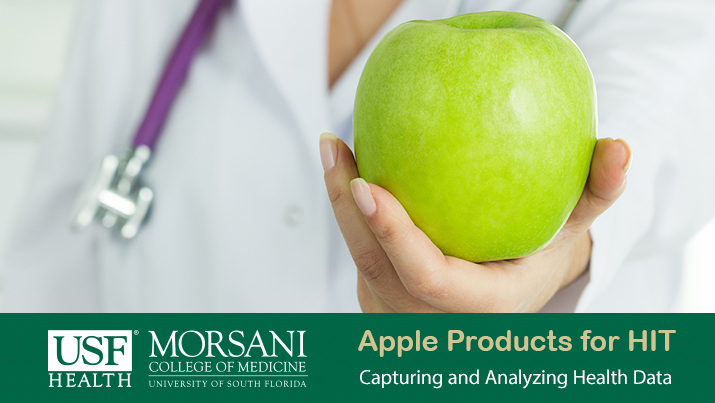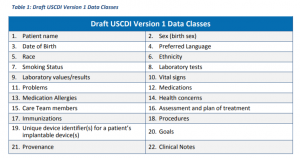The healthcare industry has fully embraced the potential of mobile devices, and has been radically changing the lives of today’s practitioners, vis-a-vis training and day-to-day practice. Driven by 2009’s American Recovery and Reinvestment Act, which requires electronic medical records (EMRs) in order to maintain existing Medicaid and Medicare reimbursement levels, the industry is seeing digitalization of medical practice through device technology on a massive scale.
Tablets Put Information at Practitioners’ Fingertips
Apple’s smartphone market has always been popular with doctors for information sharing on the go. A 2011 survey by Manhattan Research found that 75% of healthcare respondents own an Apple device, and a 2012 study by Vitera Healthcare revealed that 60% of healthcare respondents use an iPhone. It is the introduction of the tablet market with the iPad, however, that powered the shift in the ways medical professionals utilize mobile technology. The Vitera survey found that 45% of healthcare respondents use an iPad, and this number is expected to rise.
Driving this change is the development of focused medical applications that take advantage of the iPad’s technology. WebMD’s Medscape application, for example, serves as a useful reference for drug interactions, procedures, journal articles and medical news that can be accessed by doctors far more quickly than through traditional paper-based sources.
Other applications, such as the Body Systems series by 3D4 Medical, provide 3D reference diagrams on basic anatomy, muscular and skeletal systems, and brain and heart function. Still others serve as complete textbook replacements that allow doctors to carry a virtual library of reference information with them when they see patients.
Medical Schools Go Digital
These applications have proven so useful to physicians that some medical schools have begun to remove some of the traditional textbooks from their classrooms altogether. Yale University’s School of Medicine has provided iPads and wireless keyboards to all incoming medical students. The University of California, San Francisco (UCSF) and the Stanford University Medical Center have also started providing tablets to physicians and administrative staff.
In addition to serving as reference material, iPads are used to schedule patient appointments, issue prescriptions, collaborate through video chat and record patient data.
Patients Plug In
It is not just doctors and healthcare providers who benefit from Apple’s devices. As of April 2012, Apple’s App Store contained more than 13,600 healthcare-related offerings for patients. Some applications offer general, consumer-focused medical information on various symptoms. SkinVision, for example, allows users to take a picture of suspicious areas of the skin, such as moles, and then provides an instant analysis on skin cancer risks. The myVisionTrack application by Vital Art and Science allows users to monitor the status of degenerative eye conditions such as macular degeneration. Both applications also help users get in touch with specialists if needed.
Apple has also strengthened their health IT prowess by introducing the Health app with iOS 8. This product allows users to track biometrics, and syncs with many ehealth devices in the market.
The iPad and iPhone are changing the relationship between technology and health by serving as instant, full-color references with animations and video, systems to manage and record patient data, and ways to discover more about health and symptoms from home. As the healthcare system is updated to comply with EMR regulations, the tablet revolution likely will play a pivotal role as Apple’s devices quickly become crucial additions to the lives of physicians, administrators and patients worldwide.




